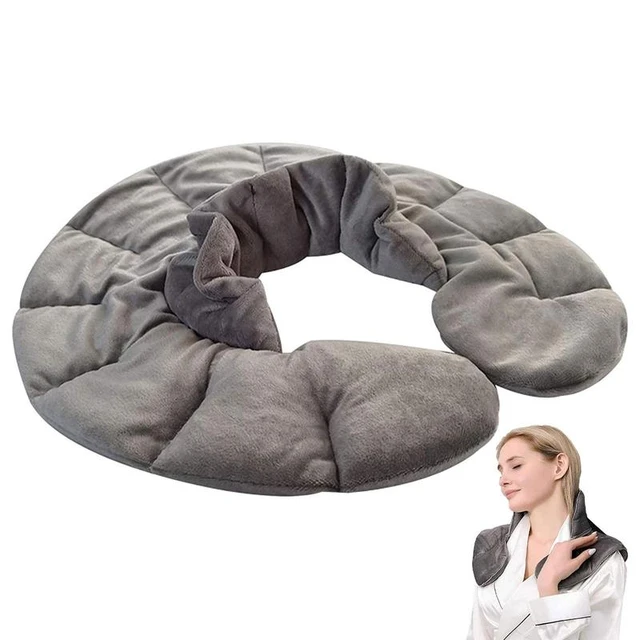
How does a homemade heating pad work?
Introduction
A homemade heating pad is a versatile and cost-effective solution for providing warmth and comfort to sore muscles, relieving pain, and promoting relaxation. The key to its effectiveness lies in the materials used and the principles of heat transfer. In this guide, we will explore how a homemade heating pad works, examining the mechanisms behind heat retention, the role of different filling materials, and the ways in which heat is transferred to the body. By understanding these mechanics, you can make informed decisions when creating or using a homemade heating pad for optimal comfort and relief.
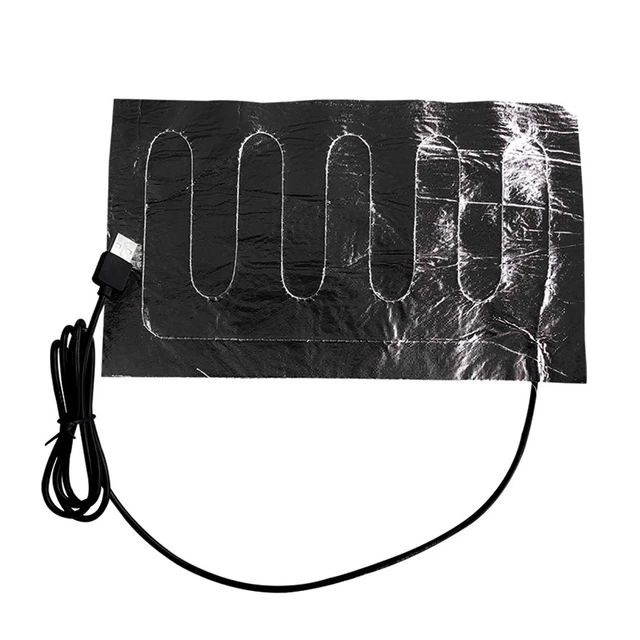
How does a homemade heating pad work?
Heat Retention
1.1. Insulating Properties
The primary function of a heating pad is to retain heat and transfer it to the body. Homemade heating pads utilize materials with good insulating properties, allowing them to trap and maintain heat for an extended period. This ensures that the pad remains warm and provides soothing relief.
1.2. Natural Fillings
Common fillings for homemade heating pads, such as rice, flaxseed, corn, or barley, have excellent heat retention properties. These materials are able to absorb and store heat efficiently, enabling the pad to stay warm for an extended period.
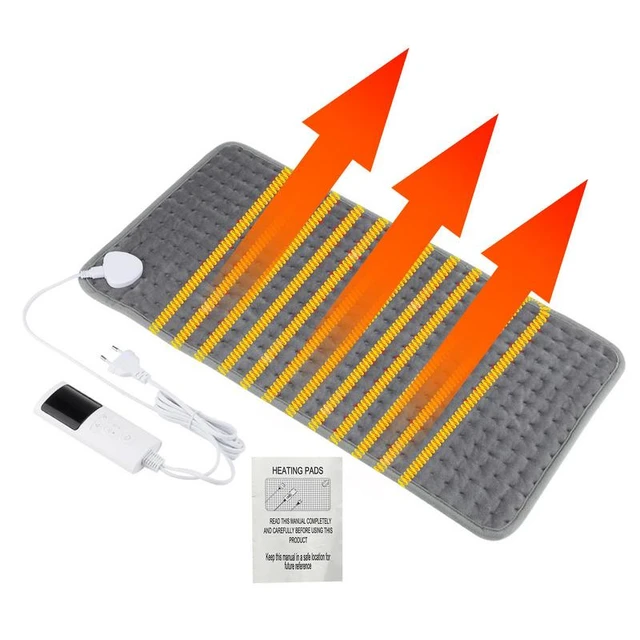
Heat Transfer
2.1. Conduction
Heat transfer through conduction is the main mechanism by which a homemade heating pad warms the body. As the pad comes into contact with the skin, heat from the filling material is conducted through the fabric and transferred to the body. This direct contact allows for efficient heat transfer and localized relief.
2.2. Convection
Convection is another mode of heat transfer employed by some homemade heating pads. When using moist heat therapy, such as with a hot water bottle or a pad infused with water, heat is transferred through convection. As the liquid heats up, it creates a warm and moist environment that can provide additional comfort and relaxation.
2.3. Radiation
Radiation is not a primary heat transfer mechanism used in homemade heating pads. Instead, the pads rely on conduction and, in some cases, convection to transfer heat. The body absorbs the heat generated by the pad, providing localized warmth to the targeted area.
Filling Materials and Their Properties
3.1. Rice
Rice is a popular filling material due to its availability and excellent heat retention properties. The grains of rice can absorb and store heat for an extended period, making it an effective option for a homemade heating pad.
3.2. Flaxseed
Flaxseed is another commonly used filling material. It offers good heat retention and distributes heat evenly throughout the pad. Flaxseed has the ability to retain moisture, which can provide additional comfort when heated.
3.3. Corn
Corn is an alternative filling material for a homemade heating pad. It retains heat well and conforms to the body’s contours, allowing for a comfortable and customized heat therapy experience.
3.4. Barley
Barley grains can be used alone or in combination with other filling materials, such as rice or flaxseed. They offer good heat retention and can provide a unique texture and feel to the heating pad.
3.5. Buckwheat
Buckwheat hulls are known for their natural air circulation properties. When used as a filling material, they allow the pad to stay cooler for longer periods, making them suitable for individuals who prefer a slightly cooler heat therapy experience.
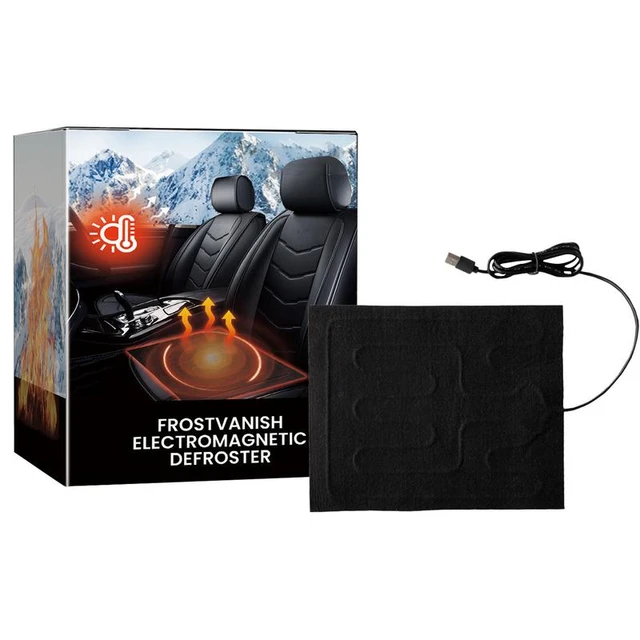
Homemade Heating Pad Construction
4.1. Fabric Selection
Choosing the right fabric is crucial for the effectiveness and safety of a homemade heating pad.
4.2. Heat Source
Common heat sources for homemade heating pads include microwaves, ovens, or hot water bottles. The chosen heat source should be appropriate for the material and fabric used. Heating times and temperature guidelines should be followed to ensure a safe and comfortable heat therapy experience.
Safety Considerations
5.1. Temperature Monitoring
When using a homemade heating pad, it is essential to monitor the temperature to prevent burns or discomfort. Test the pad on the back of your hand or forearm before applying it to more sensitive areas of the body. Adjust the heating time accordingly to achieve a safe and comfortable temperature.
5.2. Moisture and Mold Prevention
To prevent moisture buildup and mold growth, ensure that both the filling material and fabric are completely dry before assembling the heating pad. Store the pad in a dry, well-ventilated area between uses to maintain its freshness and effectiveness.
5.3. Individual Sensitivities and Allergies
Consider any personal sensitivities or allergies when selecting the filling material for your homemade heating pad. Avoid ingredients that may cause skin irritation or adverse reactions. If you have any concerns, consult with a healthcare professional before using the heating pad.
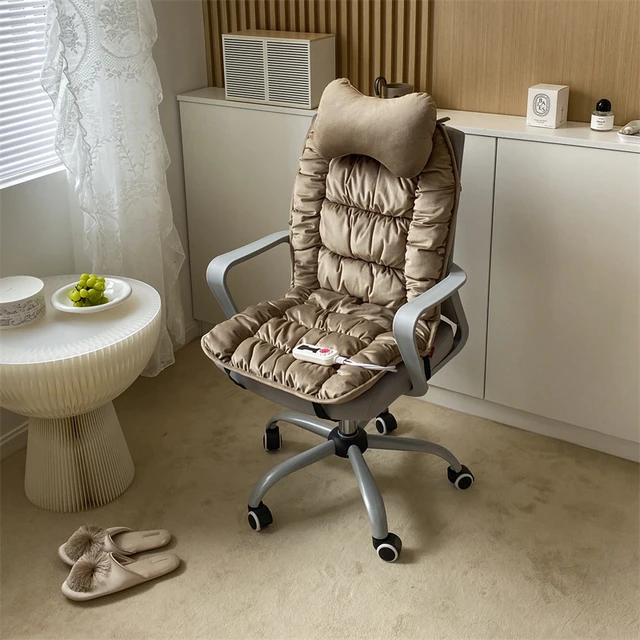
Benefits and Uses of a Homemade Heating Pad
6.1. Muscle Relaxation and Pain Relief
The primary benefit of a homemade heating pad is its ability to relax muscles and provide relief from pain and discomfort. The warmth generated by the pad promotes blood flow to the area, helping to relax tense muscles and reduce inflammation.
6.2. Stress and Anxiety Reduction
Heat therapy has a calming effect on the body and can help reduce stress and anxiety. Using a homemade heating pad allows you to create a peaceful and comforting environment, promoting relaxation and mental well-being. The soothing warmth can help relieve tension and promote a sense of calmness.
6.3. Menstrual Cramp Relief
For individuals experiencing menstrual cramps, a homemade heating pad can provide welcome relief. The application of heat to the lower abdomen can help relax the muscles and alleviate pain associated with menstrual cramps. It is a natural and drug-free option for managing menstrual discomfort.
6.4. Pre-Workout Warm-Up
Using a heating pad before a workout or physical activity can help warm up the muscles, increasing flexibility and reducing the risk of injury. The heat stimulates blood circulation and promotes muscle relaxation, preparing the body for exercise. A homemade heating pad is a convenient and cost-effective option for pre-workout warm-up routines.
6.5. Relaxation and Comfort
Even if you’re not experiencing specific muscle pain or discomfort, a homemade heating pad can still be used for relaxation and comfort. The warmth can create a soothing and cozy atmosphere, perfect for unwinding after a long day or promoting a restful night’s sleep.

Conclusion
A homemade heating pad works by utilizing materials with good heat retention properties to provide warmth and comfort to the body. The pad transfers heat through conduction and sometimes convection, allowing the body to absorb the warmth. Rice, flaxseed, corn, barley, or buckwheat are common filling materials chosen for their heat retention capabilities. Fabric selection, fillings, and pouch design are important considerations in constructing a homemade heating pad. By understanding the mechanics of a homemade heating pad, you can create or use one with confidence, providing soothing relief, relaxation, and comfort whenever needed.




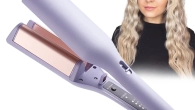
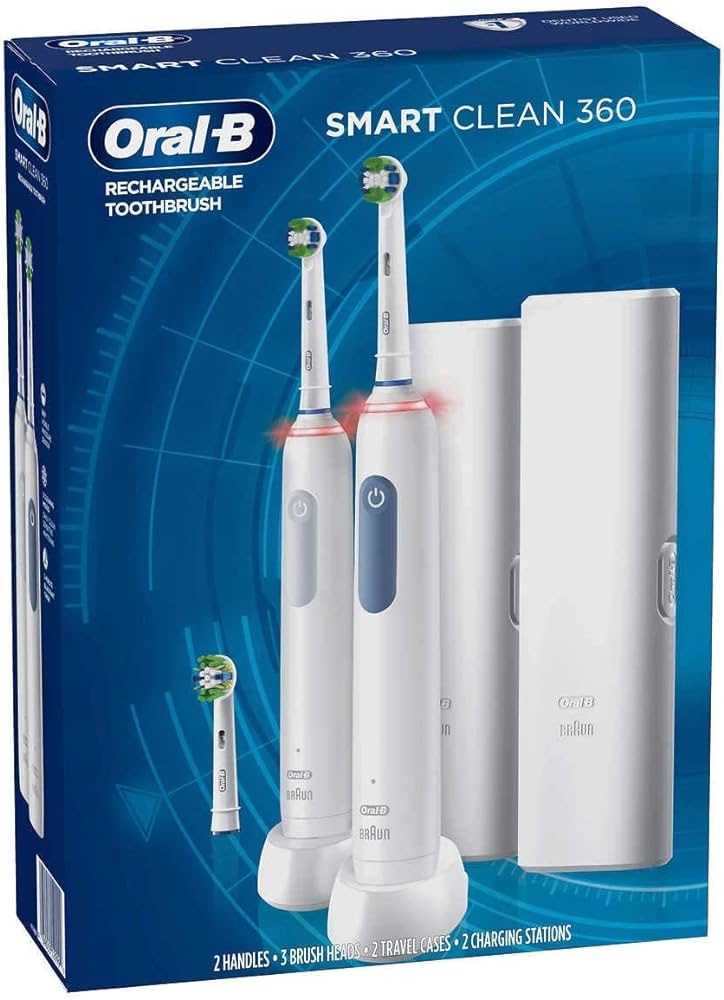


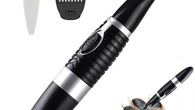

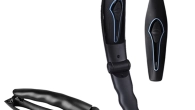

Leave a Reply
You must be logged in to post a comment.